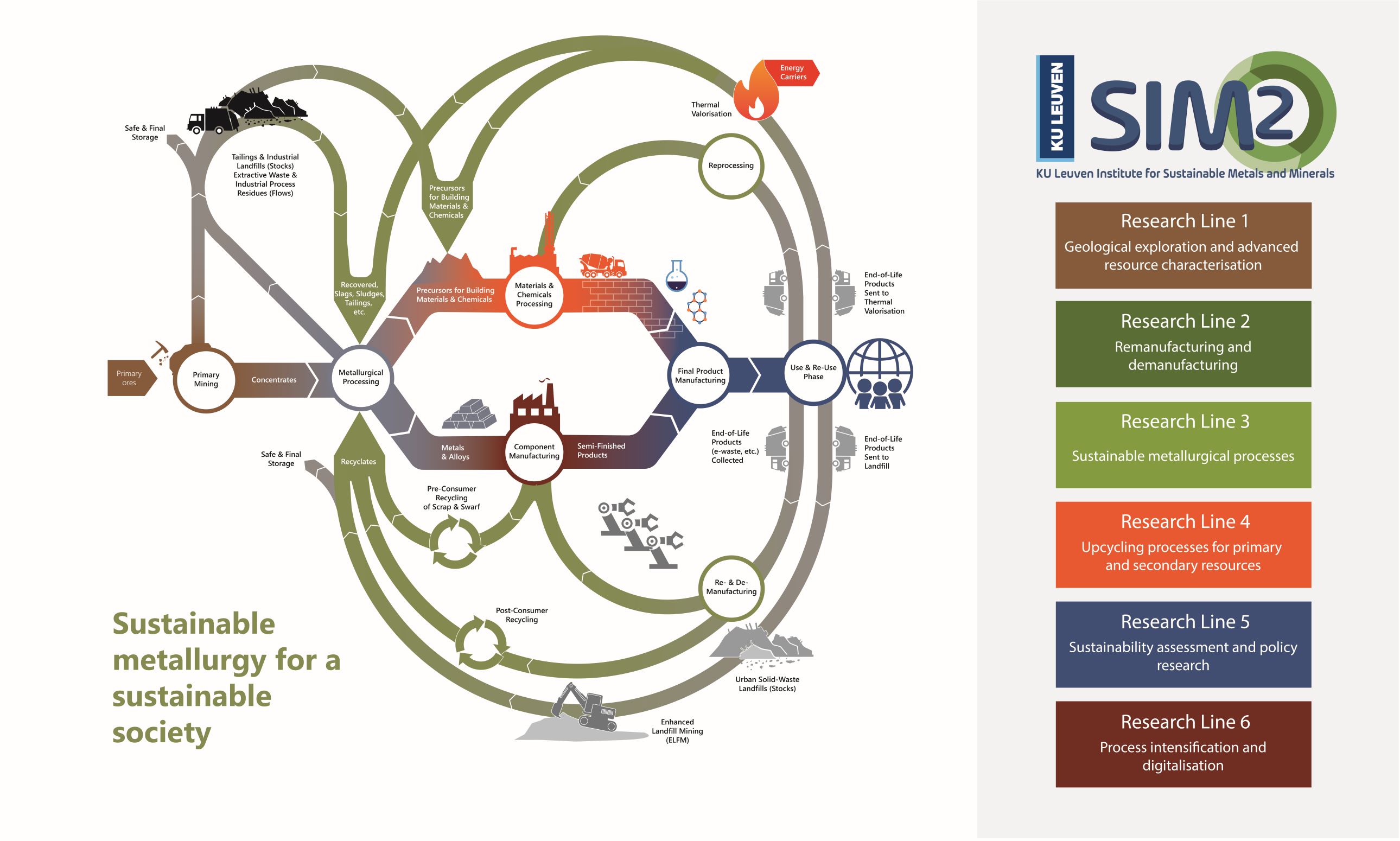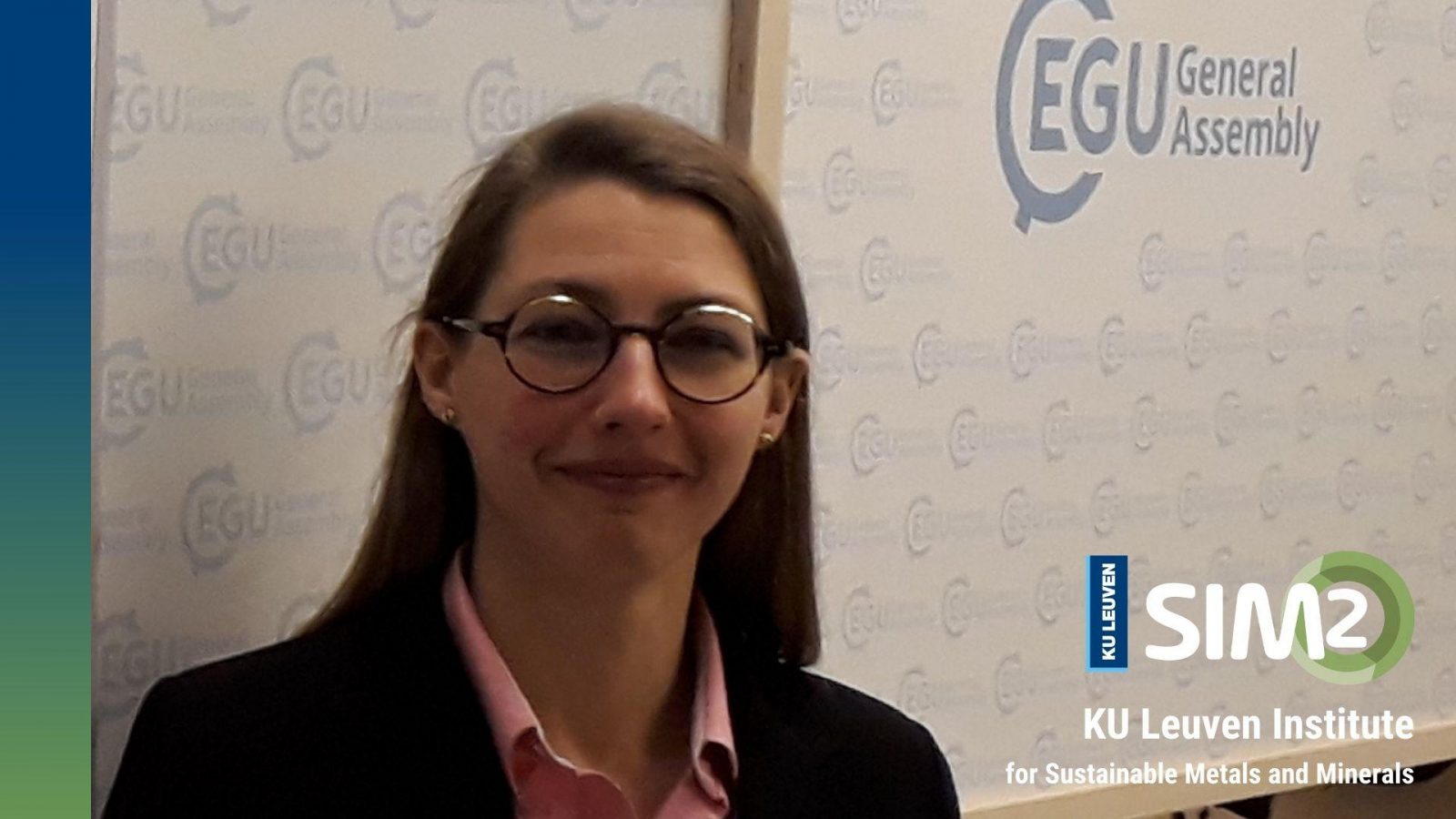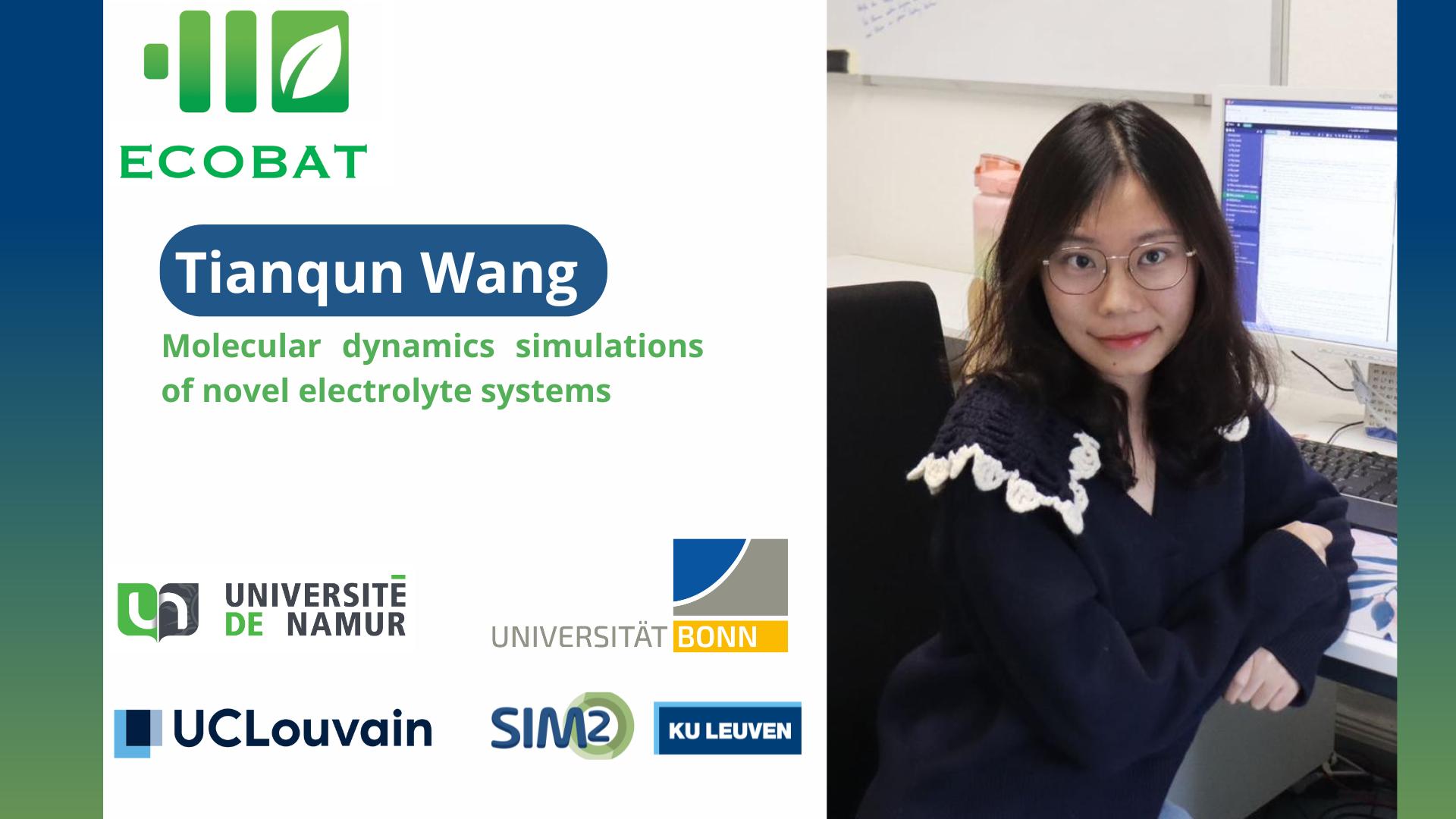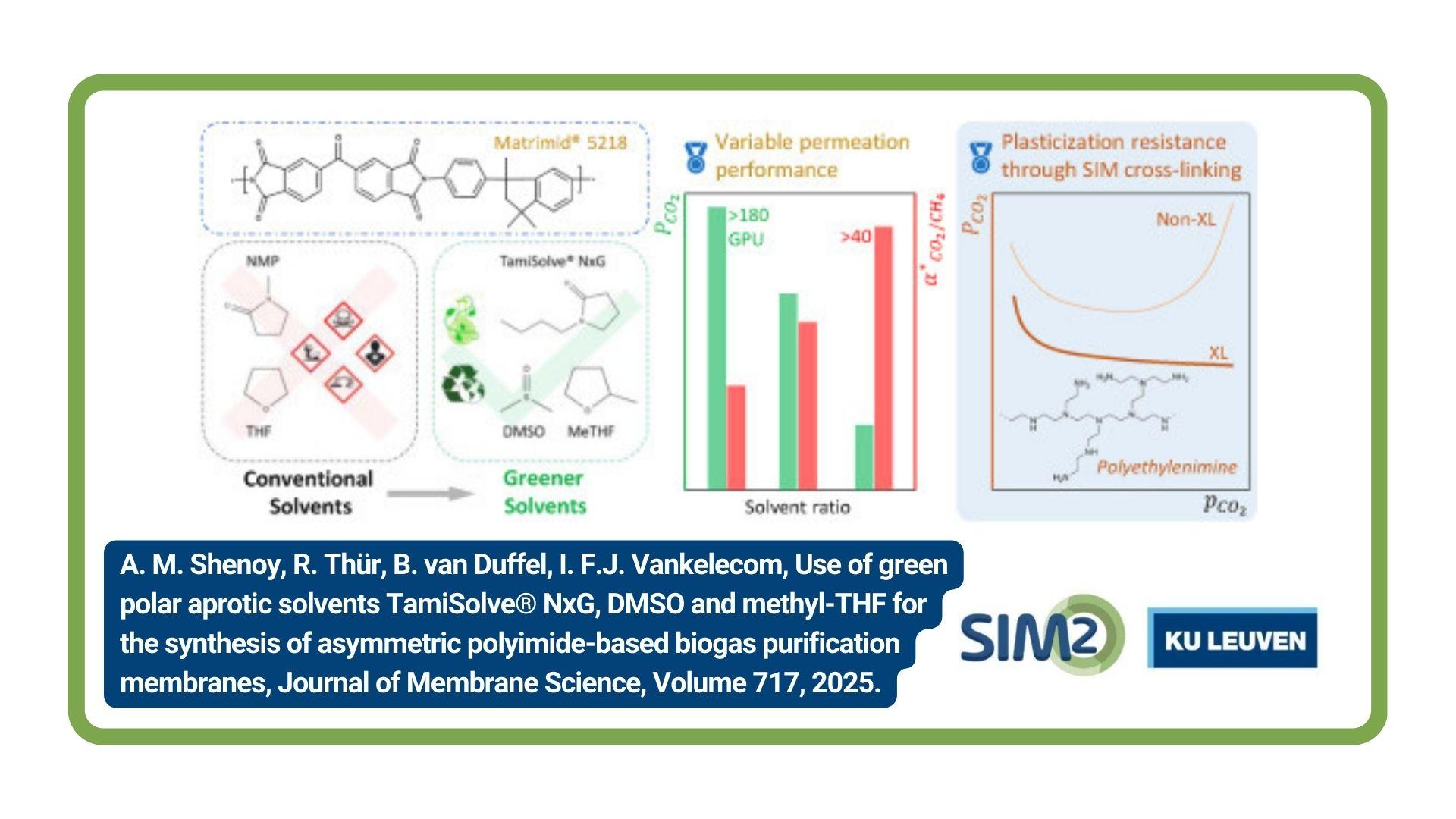After a long research stay in the UK, Veerle Vandeginste became an associate professor at the Department of Materials Engineering, KU Leuven, Campus Bruges in 2020. In 2021 Veerle formally became a SIM² member. Holding a PhD in geology, her research focuses on physicochemical interactions at material interfaces. The key drivers and motivation behind her work are the challenges of global warming and sustainability. In the present SIM² interview you get to know more about Veerle’s research activities and view on the importance of multidisciplinarity.
During the past years you have been working at Imperial College London and the University of Nottingham in the UK. What made you decide to become a Professor at KU Leuven?
I did my studies in Geology, including my PhD, at KU Leuven, and had a very good experience here. I would like to thank in particular Prof. Philippe Muchez (my Master thesis supervisor) and Prof. Rudy Swennen (my PhD supervisor) for their excellent guidance, enthusiastic teaching, and the efficient and enjoyable working conditions in the department.
My time at Imperial College London was also very good. London is very international, which I like. It is also a very expensive place to live, which is a drawback, and I did not see myself living on 16 square meters for the rest of my life.
Also, it has always been my intention to gain the experience of living and working abroad, and then to return to Belgium. Having the opportunity to work for the best university in Belgium, one of the top 50 in the world, and simultaneously, being able to live close to my family, is a very good situation.
Can you describe what has been the main focus of your research until now and will this change now you start at KU Leuven Campus Brugge?
I would describe my research as very multidisciplinary, having worked in geology, engineering and chemistry. The common thread in my research has been physicochemical interaction between fluid and solid phases. In many studies, I investigated the physicochemical processes that affected sedimentary rocks by use of microscopic, geochemical and structural methods, and their impact on rock properties. This was, for example, in the context of geological carbon storage.
In more chemical studies, we simulated conditions in the laboratory, to measure the rate of fluid-rock interaction or mineral dissolution or formation and the effect of certain parameters. Such studies were conducted in the framework of geothermal energy production, to assess the potential environmental impact of shale gas hydraulic fracturing, or for water treatment. We also looked at hydrogen storage in underground salt caverns, and started synthesis of geopolymers for use as adsorbents for water treatment.
Here, in the Materials Engineering Department at KU Leuven Campus Brugge, I will continue to apply my expertise in physicochemical interactions at material interfaces and the link with material behaviour, and broaden the application field to also include organic polymer materials and green building materials with recycled aggregates for effective collaboration with the Propolis and Recycon research groups, respectively.
I have also started research on sustainable advanced materials, such as multifunctional coatings and advanced polymer composites with components produced through CO2 utilisation.
My research underpins my drive to tackle the challenges of global warming, plastics pollution and finite resources, and thus change the way we use and produce energy and materials.
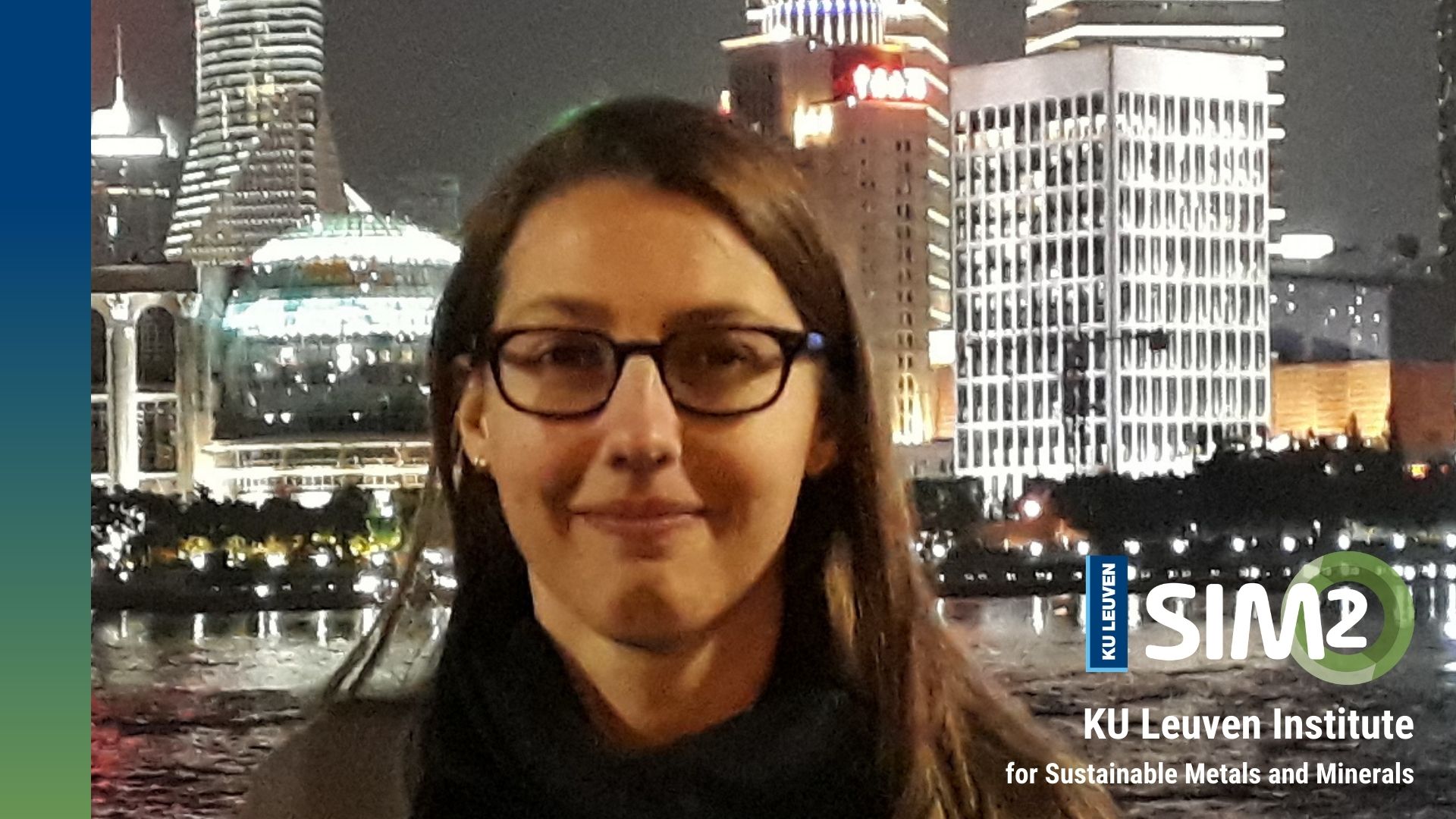
Have there been any game-changing moments in your research career? I am referring to moments which made you fundamentally rethink your research focus and/or strategy?
When I changed jobs from London to Nottingham, and now to KU Leuven, each time I adapted my research, because I moved from Earth Science and Engineering in London, to Chemistry in Nottingham, and to Materials Engineering here.
Each job thus comes with different teaching tasks and students with a very different skill set. This has resulted in a multidisciplinary profile. Strategically, it may be good to be known for one particular thing. In my case, with my broad expertise, I think I can more easily adapt when societal or economic needs evolve, as long as they are in line with my core values and my drive to tackle global challenges. It involves continuous learning, which I enjoy. Sometimes, it does feel like a lot, in particular when I am requested to develop new courses that are completely outside my field of expertise.
Which paper of yours are you particularly pleased with?
Each paper is of course special in its own, and comes with nice memories. Now, one paper that I am particularly excited about would be my 2019 Nature Communications paper on dolomitisation.
The formation of dolomite, which is calcium magnesium carbonate, is something that I have been studying already in my PhD, and that has kept my interest.
The so-called dolomite problem stems from the fact that dolomite is much more abundant in ancient geological rocks than in recent rocks, and that it is challenging to form dolomite at ambient temperature and pressure under laboratory conditions. Dolomite formation is very slow. Based on concepts and observations derived from ore geology, biology, and fundamental chemistry, I identified that zinc ions could play a role in accelerating dolomitisation in saline fluids. I found it very exciting to bring insights from different disciplines together to come to this progress.
You have been a subject editor for six years for the Journal of the Geological Society of London. Any plans for another journal now that you are working in Materials Engineering?
I am a guest editor for the journal Sustainability for a Special Issue on Sustainable advanced and smart polymer materials. There may be more opportunities in the future in the field of sustainable materials.
Pure hypothetically, if you had plenty of time, what would you do?
It depends if I had not only time but also money. I have always wanted to see Egypt’s pyramids in real, but I did not get to travel to Egypt yet. So, this would be one of the first things on my wish list. I would also enjoy spending more time with my family, do more sports and read more books, besides research.
What is the strangest talent you have?
That is a difficult question. I generally succeed in getting motion sick both on the ground (car, bus) and in the air (plane, paragliding).
Okay, given the COVID-19 situation, at least you don’t need to worry anymore about being motion sick in planes. Thank you very much for this interview. On behalf of SIM² I wish you all the best in your research endeavours.
[Interview: Peter Tom Jones]
Biography Veerle Vandeginste
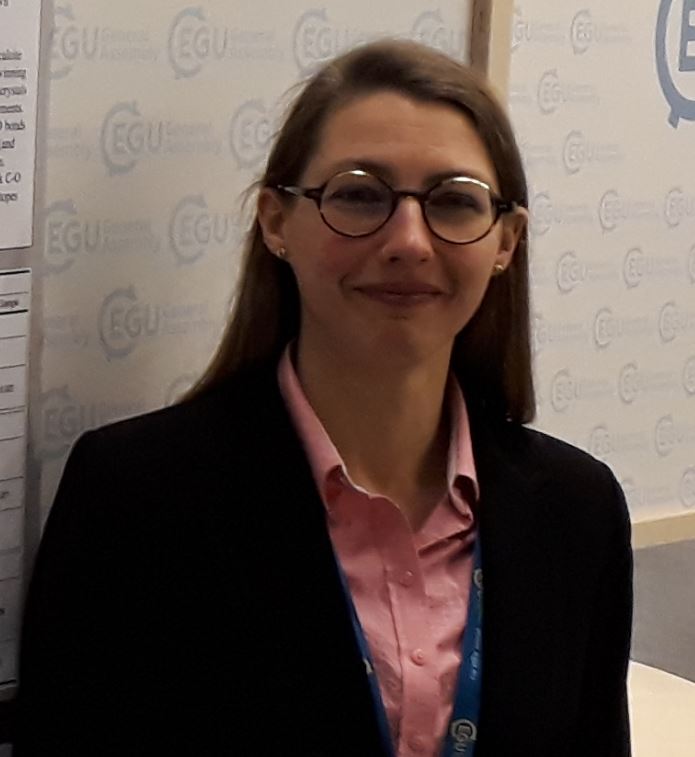
Her research focuses on physicochemical interactions at material interfaces. The context of this research has evolved through her career from geological rock systems, to geochemical fluid-rock interaction in carbon storage reservoirs, shale, carbonate, geothermal reservoirs and rock salt, and to synthetic inorganic and polymer materials. The key drivers and motivation behind her research are the challenges of global warming and sustainability.
Top 5 papers
- Singh, K., Muljadi, B.P., Raeini, A.Q., Jost, C., Vandeginste, V., Blunt, M.J., Theraulaz, G., Degond, P. (2019) The architectural design of smart ventilation and drainage systems in termite nests. SCIENCE ADVANCES, 5(3), Art.No. ARTN eaat8520 (peer reviewed, IF = 13.117)
- Vandeginste, V., Snell, O., Hall, M.R., Steer, E., Vandeginste, A. (2019) Acceleration of dolomitization by zinc in saline waters. NATURE COMMUNICATIONS, 10, Art.No. ARTN 1851 (peer reviewed, IF = 12.121)
- Vandeginste, V., Cowan, C., Gomes, R.L., Hassan, T., Titman, J. (2020). Natural fluorapatite dissolution and Mn2 and Cr3 metal removal from sulfate fluids at 25 degrees C. JOURNAL OF HAZARDOUS MATERIALS, 389, Art.No. ARTN 122150 (peer reviewed, IF = 9.038)
- Ji, Y., Hennissen, J., Hough, E., Vandeginste, V. (2021) Geochemical element mobilisation by interaction of Bowland shale with acidic fluids. FUEL, 289, Art.No. ARTN 119914 (peer reviewed, IF = 5.578)
- Ji, Y., Walkinshaw, C., Belshaw, G., Vandeginste, V. (2021). Effect of polyacrylamide friction reducer on calcite dissolution at 25 °C and implication for hydraulic fracturing. JOURNAL OF NATURAL GAS SCIENCE AND ENGINEERING, 87, Art.No. ARTN 103770 (peer reviewed, IF = 3.841)
Want to know more about SIM²?
SIM² KU Leuven is the KU Leuven Institute for Sustainable Metals and Minerals (SIM² in short). SIM² is one of the official KU Leuven Institutes that were endorsed by the KU Leuven Academic Council. SIM² has more than 240 members, coming from a wide range of (interdisciplinary) research groups and departments at KU Leuven. SIM²’s missions is “to develop, organise & implement problem-driven, science-deep research & future-oriented education, contributing to the environmentally friendly production & recycling of metals, minerals & engineered materials, supporting (…) a climate-friendly, circular-economy”.
- Read more in this featured article in Geniaal.
- Follow SIM² on LinkedIn: https://www.linkedin.com/company/18118889
- Interviews with other SIM² colleagues: https://kuleuven.sim2.be/meet-our-colleagues/
